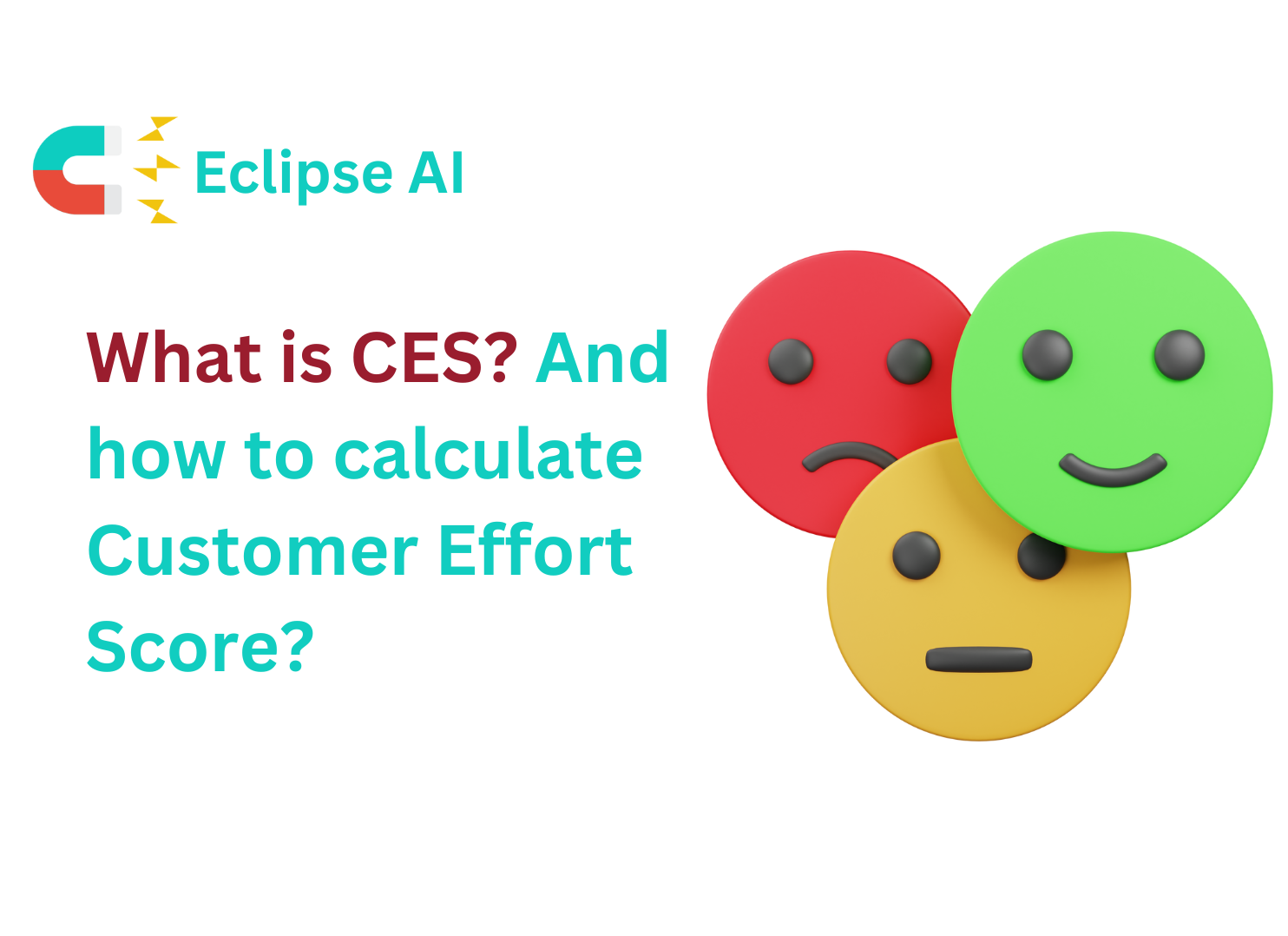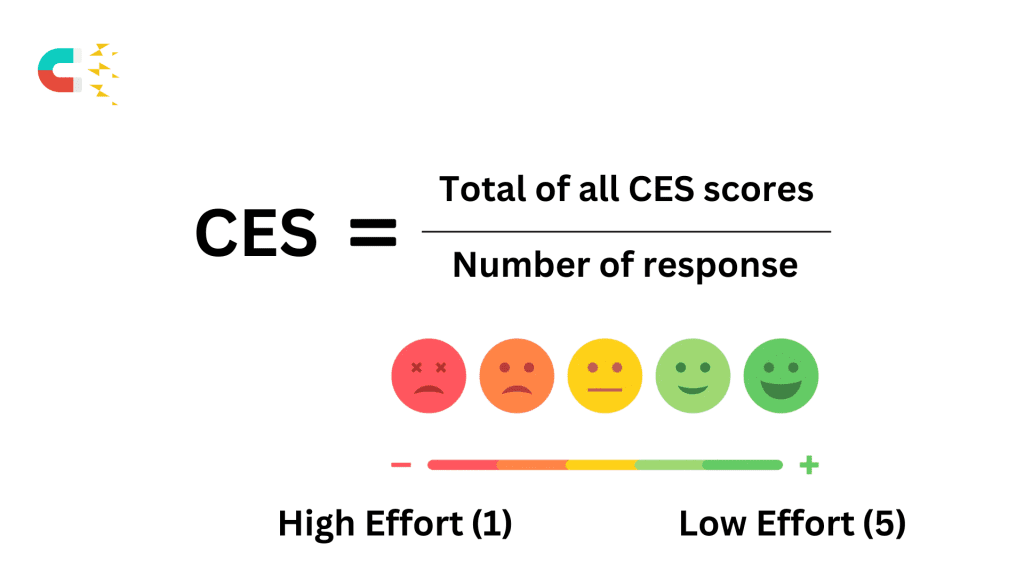
Click, Connect, Conquer: Mastering the Art of Digital Experience Management
From the seamless blend of technology and personalization to real-world success stories like Nike’s innovative strides, learn how brands are redefining engagement in the digital realm.









